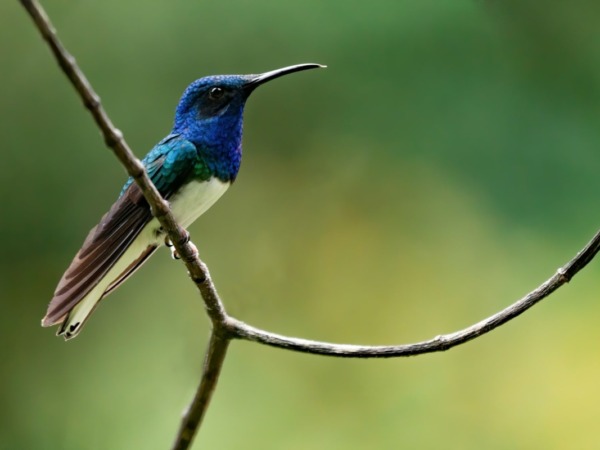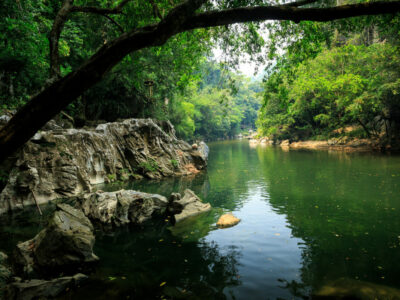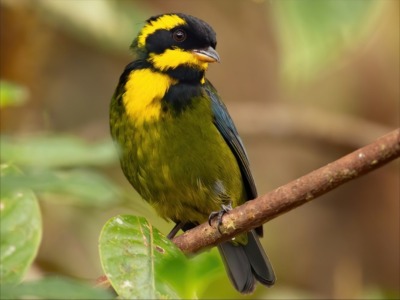O jacobino de pescoço branco (Florisuga mellivora) é um colibri bastante grande e espetacular das planícies tropicais húmidas que prefere as orlas das florestas, as clareiras adjacentes com árvores e arbustos floridos dispersos e os jardins. Alimenta-se a todos os níveis, muitas vezes na copa das árvores, pairando com a cauda armada e, ocasionalmente, abrindo-a para mostrar um extenso branco.

Mapa
Reserva Natural Palmari
A Reserva Natural Palmari, na Colômbia, é uma reserva intocada da floresta tropical amazónica. É o habitat de uma grande variedade de vida selvagem, incluindo macacos, preguiças, jaguares e inúmeras espécies de aves. O...Parque Nacional Natural Amacayacu
O Parque Nacional Natural Amacayacu, na Colômbia, mostra a incrível biodiversidade da floresta amazónica. É o lar de diversas espécies, incluindo macacos, botos cor-de-rosa, jaguares e uma variedade de...
Reserva Natural de Río Claro
A Reserva Natural do Rio Claro implementou um modelo de desenvolvimento sustentável cujo principal objetivo é a conservação das últimas florestas tropicais existentes na bacia do Rio...Reserva Natural da Floresta Tropical de Montezuma (Tatamá)
A Reserva Natural Montezuma, na Colômbia, é uma reserva de floresta tropical conhecida pelas suas deslumbrantes quedas de água e vegetação luxuriante. É o lar de várias espécies de vida selvagem, incluindo macacos, pássaros coloridos, répteis,...
El Sutu (Mistrato)
El Sutu (Mistrato) está localizado ao norte do município de Mistrato (Risaralda), caracteriza-se por ter um ecossistema Choco Montano, dando-lhe o privilégio de ter uma grande variedade de...